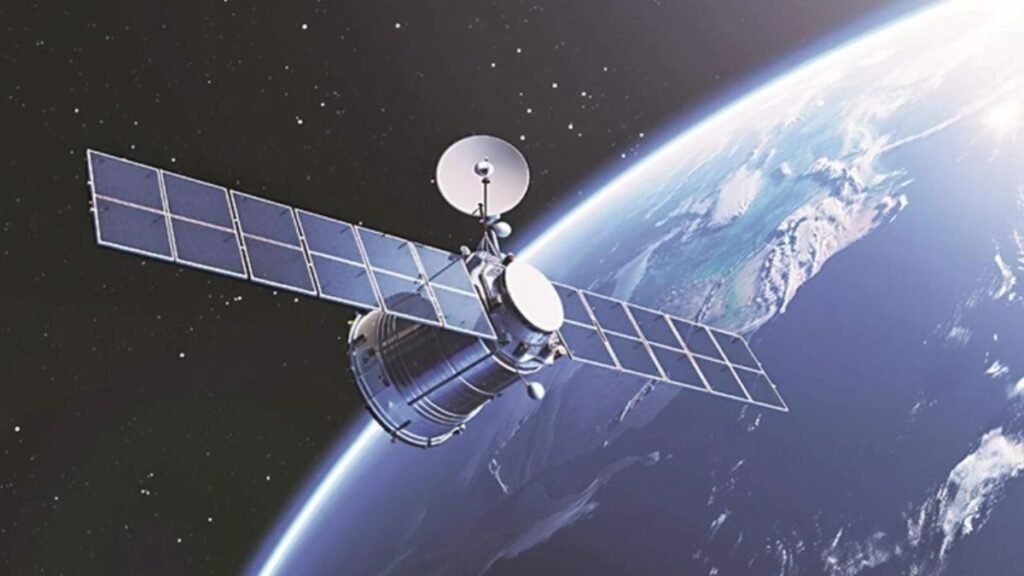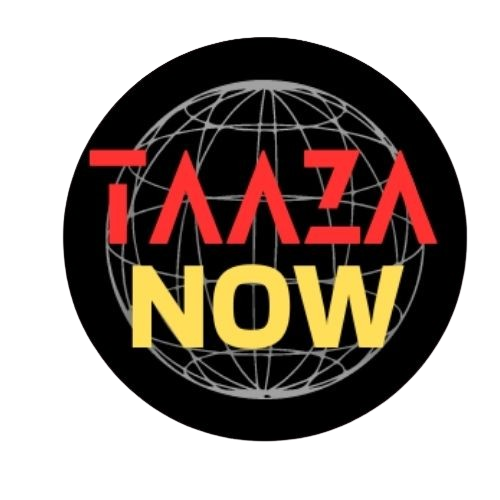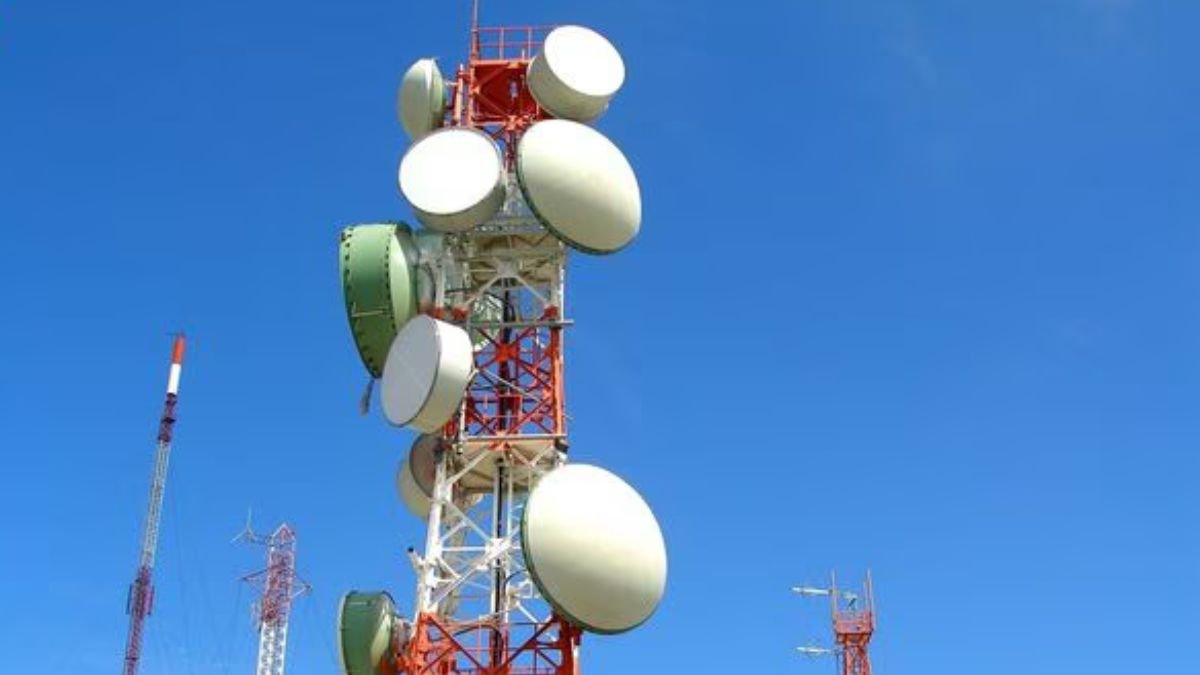The Department of Telecommunications (DoT) has flagged serious issues with Trai’s satcom pricing plan, sending most of the recommendations back to the regulator for reconsideration. The proposals, originally designed to shape the roadmap for satellite broadband services in India, were intended to bring structure and balance to a nascent industry. However, disagreements have surfaced over pricing, levies, and subsidies, particularly in relation to global and domestic players such as Starlink, OneWeb, and Jio Satellite.
While the Telecom Regulatory Authority of India (Trai) has argued that its pricing model would support the growth of satellite services, the DoT has expressed reservations about certain charges and their feasibility. Let’s dive into the details of what is at stake and why Trai’s satcom pricing plan has become a subject of intense debate.
The Core of Trai’s Satcom Pricing Plan

In May, Trai recommended a new set of charges for satellite spectrum allocation. Key highlights included:
- A 4% levy on adjusted gross revenue (AGR) as spectrum usage charges.
- A floor price of ₹3,500 per MHz annually, if AGR-linked payouts were lower.
- An additional ₹500 per subscriber annual levy for urban satellite broadband users.
- Proposals for subsidies on satellite terminals through the Digital Bharat Nidhi (DBN).
Trai defended this approach by stating that the urban levy would push operators to serve rural markets, while the subsidy could make costly satellite terminals more affordable for consumers. The idea was to create a balanced ecosystem that ensures accessibility without burdening providers disproportionately.
Also Read: iOS 26 Release Date and Time in India: Full Details, Features & Eligible Devices
However, the DoT has asked for a comprehensive review of these recommendations, questioning the practicality of certain charges.
DoT’s Concerns With Trai’s Satcom Pricing Plan

One of the biggest flashpoints in Trai’s satcom pricing plan is the proposed ₹500 annual charge on urban subscribers. According to the DoT, it would be extremely difficult to clearly distinguish between urban and rural consumers. This, officials argue, could lead to misuse, compliance hurdles, and unnecessary disputes.
The DoT has also disagreed with the ₹3,500 annual spectrum floor price suggested by Trai. While Trai designed this fee to ensure that companies with lower AGR still contribute a minimum amount, the department believes the fee should be set higher, especially for mobile satellite services.
Another area of contention is Trai’s proposal to subsidize satellite terminals—equipment costing between ₹20,000 and ₹50,000—via DBN funds. DoT has indicated that the subsidy model requires rethinking, as the long-term sustainability of such funding remains questionable.
The DCC Meeting and Policy Stalemate
These differences came to the forefront at the Digital Communications Commission (DCC) meeting on September 16. The DCC, which includes senior DoT officials along with representatives from NITI Aayog, the Finance Ministry, and the IT Ministry, reviewed Trai’s satcom pricing plan but chose not to approve most of its recommendations.
While the DoT agreed in principle with the 4% AGR levy, it insisted that the urban surcharge and minimum spectrum fees needed a redesign. The department also argued that Trai’s suggestion of a “lighter regulatory regime” for five years might not work in practice, as satellite services could evolve faster than anticipated. The DoT wants flexibility to revise terms earlier if market dynamics or technology change.
Concerns Around Direct-to-Mobile Satellite Services
A particular area of unease for the DoT is the rise of direct-to-mobile satellite connectivity, spearheaded by companies like Elon Musk’s Starlink. Under Trai’s satcom pricing plan, such services could operate with relatively low levies, potentially bypassing some of the charges that traditional telecom operators already pay. This, according to DoT officials, poses a risk to existing telco revenues and could distort the competitive landscape.
The Cellular Operators Association of India (COAI) has also weighed in on this debate. In a letter dated May 29, the industry body described Trai’s pricing recommendations as “unjustifiably low, non-transparent, and unfair.” COAI warned that adopting the plan without changes could disrupt the level playing field between telecom operators and satellite service providers.
Starlink’s Entry and the Changing Market
The policy tussle over Trai’s satcom pricing plan comes at a time when Starlink is inching closer to a commercial launch in India. The company recently secured provisional spectrum clearance from the DoT to conduct trial satellite broadband services. With this approval, Starlink will now work on building its ground infrastructure and conducting mandatory security compliance checks.

Plans are already in motion to establish base stations at ten locations across India, with Mumbai serving as the central hub. Starlink has also applied for an import license to bring in critical equipment, including landing station hardware, while outsourcing gateway construction to firms such as Equinix.
Starlink’s rapid progress highlights why the debate around Trai’s satcom pricing plan is so urgent. If pricing and regulation are not clearly defined, India could face a chaotic rollout of satellite services, leaving room for disputes and uneven competition.
Balancing Growth and Regulation
Satellite internet is still at a nascent stage in India, and policymakers face the challenge of striking the right balance. On one hand, Trai’s satcom pricing plan aims to keep levies low to attract investment and encourage wider adoption. On the other hand, the DoT wants to ensure that pricing mechanisms are robust enough to prevent misuse, safeguard telecom operators, and generate fair revenues for the government.
Experts believe that a middle path is essential. Excessively high charges could discourage satellite firms from entering the market, while overly lenient levies might undermine traditional operators and strain government revenue.
What Lies Ahead for Trai’s Satcom Pricing Plan?
The road forward is still uncertain. With most of Trai’s recommendations sent back for review, both the regulator and the DoT will likely need to negotiate a compromise. Future deliberations may focus on:
- A revised model for urban subscriber levies.
- Adjusting the floor price of spectrum usage.
- Exploring alternative funding mechanisms for subsidies.
- Setting clear guidelines for direct-to-mobile satellite connectivity.
For now, Trai’s satcom pricing plan remains a work in progress. The outcome of this debate will not only determine the cost structures for satellite broadband in India but also shape the future of connectivity for millions of citizens in underserved regions.
Taazanow.com- Click Here

